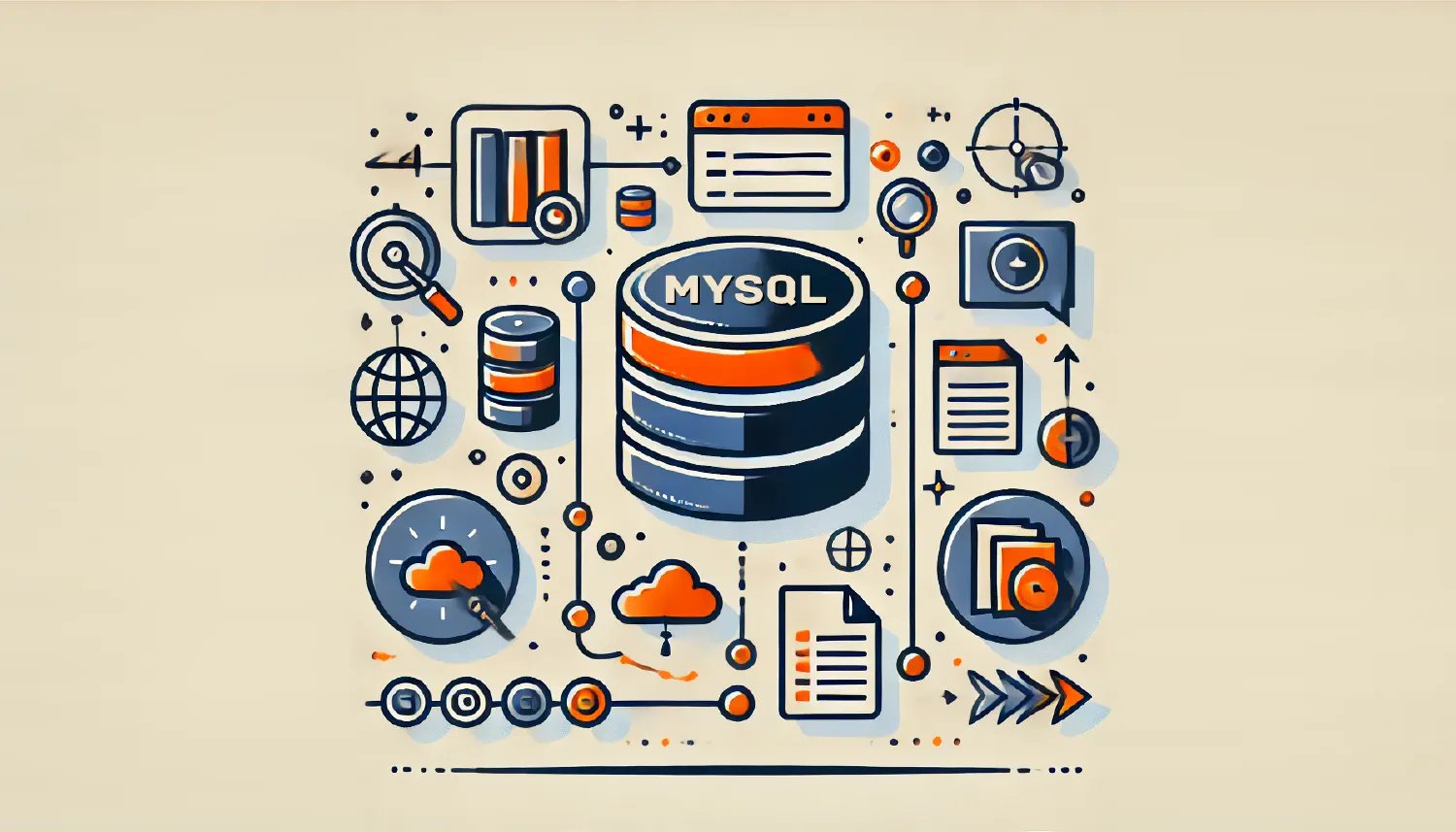Using Temporal Tables in MySQL to Improve Efficiency

When it comes to optimizing MySQL queries, especially those involving multiple joins and complicated data transformations, temporary tables can be a game-changer. Imagine trying to juggle a dozen balls at once — it’s tricky, right? Temporary tables let you put some of those balls down for a moment, organize them neatly, and then carry on effortlessly.
Let’s dive into how temporary tables can transform your SQL experience through an engaging hypothetical case and real examples.
What Are Temporary Tables and Why Should You Care?
Temporary tables in MySQL are like scratchpads or intermediate workspaces. They exist only for the duration of your database session and are automatically dropped when the session ends (or can be dropped explicitly).
They help by:
- Storing intermediate results to simplify complex queries.
- Reducing repeated computation of the same data.
- Breaking down complex operations into manageable chunks.
- Improving query readability and maintainability.
- Enhancing performance by limiting the amount of data handled in the final query.
Hypothetical Case: The E-commerce Giant’s Sales Dashboard
Imagine you work for an e-commerce company, which sells thousands of products worldwide. The analytics team wants a sales dashboard that answers complex questions such as:
- What are the top products by revenue in each region?
- Which customers bought those products, and how frequently?
- What are the trends for sales within specific timeframes and categories?
Without temporary tables, these questions require an enormous, tangled SQL query with multiple nested joins and aggregations that become slow and hard to maintain.
Step 1: Breaking Down the Problem with Temporary Tables
Create a temporary table for recent orders:
CREATE TEMPORARY TABLE temp_recent_orders AS
SELECT
o.order_id,
o.customer_id,
o.order_date,
od.product_id,
od.quantity,
od.price
FROM orders o
INNER JOIN order_details od ON o.order_id = od.order_id
WHERE o.order_date >= '2025-01-01';
Here, we extract all orders and their details since January 1, 2025. This table dramatically reduces the data volume for subsequent steps.
Create a temporary table for product revenue:
CREATE TEMPORARY TABLE temp_product_revenue AS
SELECT product_id,
SUM(quantity * price) AS total_revenue
FROM temp_recent_orders
GROUP BY product_id;
This aggregates total revenue per product from recent orders. Now, instead of recalculating revenue repeatedly, you have a neat summary table.
Step 2: Join Multiple Tables for Rich Insights
Now let’s compose a complex query joining customers, products, regions, and these temporary tables.
SELECT r.region_name,
p.product_name,
c.customer_name,
COUNT(DISTINCT tro.order_id) AS orders_count,
SUM(tro.quantity * tro.price) AS revenue_generated
FROM temp_recent_orders tro
INNER JOIN customers c ON tro.customer_id = c.customer_id
INNER JOIN products p ON tro.product_id = p.product_id
INNER JOIN regions r ON c.region_id = r.region_id
INNER JOIN temp_product_revenue tpr ON tro.product_id = tpr.product_id
WHERE tpr.total_revenue > 10000 -- Focus on top-performing products
GROUP BY r.region_name, p.product_name, c.customer_name
ORDER BY r.region_name, revenue_generated DESC;
Why Use Temporary Tables Here?
- Performance boost: Instead of joining the large
ordersandorder_detailstables repeatedly, you filter and pre-aggregate data into temp tables. - Simplify logic: Complex multi-level aggregations are broken into digestible pieces.
- Focus queries: By filtering products with
total_revenue > 10000, you limit the final join to relevant data. - Reusable during the session: You can run multiple analytic queries based on these temp tables without recalculating expensive subqueries.
The Impact: Cleaner Queries, Faster Responses
Temporary tables turn the headache of deeply nested joins and subqueries into a streamlined workflow. Your database server spends less time recalculating, and your queries become easier to read and maintain.
For the E-commerce team, this means:
- Faster dashboard load times.
- Real-time data slicing and dicing without killing the server.
- Developers can iterate quickly on analytical queries.
Next time you face a monstrous SQL query, think: “Could a temporary table help me break this down?” The answer is often yes — and your database will thank you.
